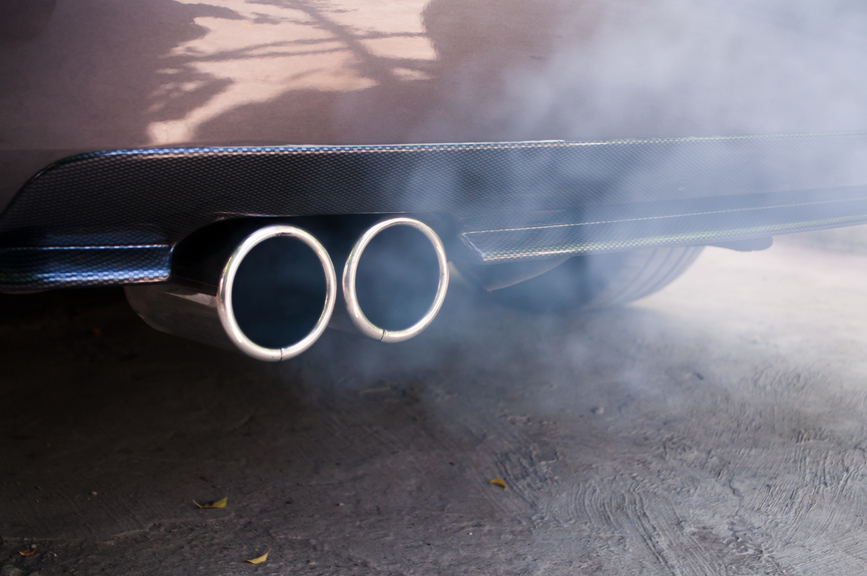
Exhaust system problems are one of the top reasons cars fail emissions testing in Utah. Your car’s exhaust system is made up of several interconnected components, all of which are critical for proper operation. Keeping your emissions system in good shape is important for reducing air pollution, but it is also critical for your own health and safety. Here are some tips for troubleshooting an exhaust problem in your car and what to do if you think you have an issue.
What is the Exhaust System?
Your car’s exhaust system is composed mainly of interconnected pipes designed to filter and route emissions from the engine compartment toward the rear of the vehicle. Additionally, an exhaust manifold, catalytic converter, oxygen sensor and muffler are involved. Components are joined together using flanges and gaskets to minimize leakage. As the engine works to power your car, it emits gases containing water vapor, unburned fuel and acidic contaminant particles. The catalytic converter filters about 90 percent of these contaminants out, then passes exhaust to the manifold and muffler, which work to cool the exhaust and muffle the loud noises it would otherwise make during expulsion.
Why Your Exhaust System is Important
The system prevents many contaminants from being released into the atmosphere, but it also keeps them from overwhelming you while you are inside the car. Acidic components of vehicular emissions can corrode pipes, resulting in leaks. If toxic fumes enter the passenger compartment of your car, especially if they haven’t yet been filtered, you may be at risk for carbon monoxide poisoning. Your car’s efficient operation will also be compromised. Your gas mileage will dip dramatically and the car may run or idle roughly. In extreme cases, exhaust leaks will prevent your car from running at all.
What to Do if You Suspect an Exhaust Problem
If you notice decreased gas mileage, unusual noises, rough operation or smell fumes inside your car, you likely have a leak or other problem with your exhaust system. It is critical to have your car evaluated as soon as possible, and have the problem corrected. Otherwise, if major components fail, you may be facing expensive repair bills. You won’t be able to pass your next emissions test if a problem exists, and until the problem is repaired, you’re spewing harmful contaminants into the air.
Emission Time, serving the Sandy and Salt Lake City areas, provides vehicle emissions testing and on-the-spot vehicle registration renewal, along with many types of automotive repair services. If you suspect an exhaust problem in your car, swing by for a quick professional check-up. They can help you identify and understand critical exhaust system problems in your vehicle.
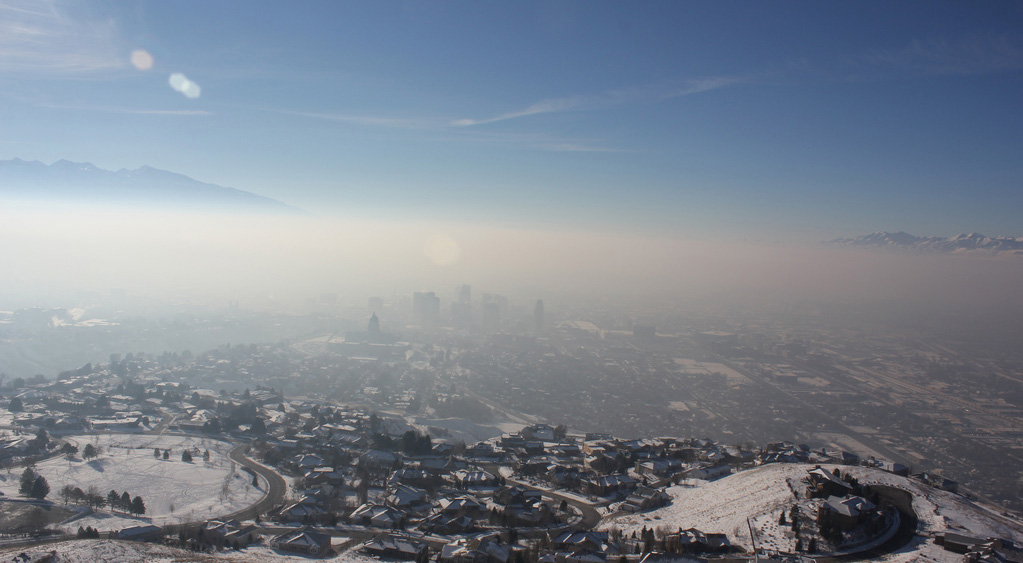


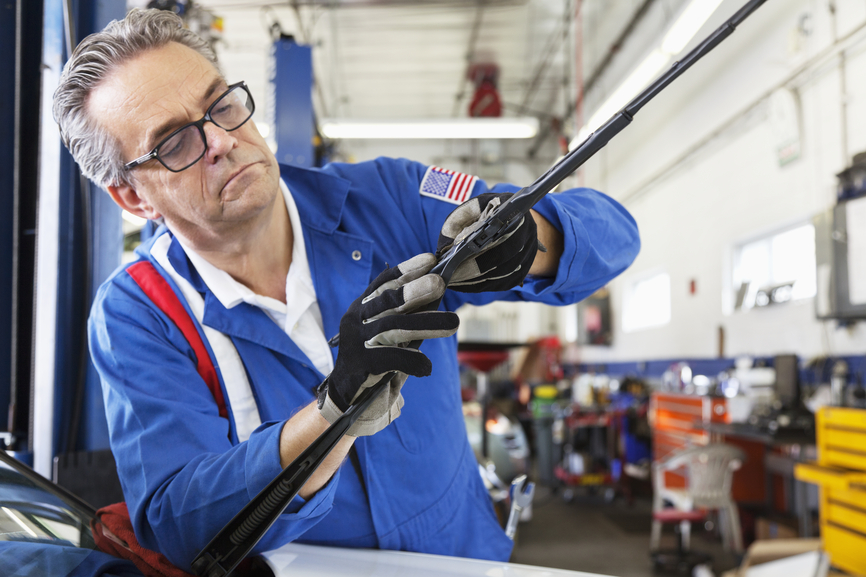

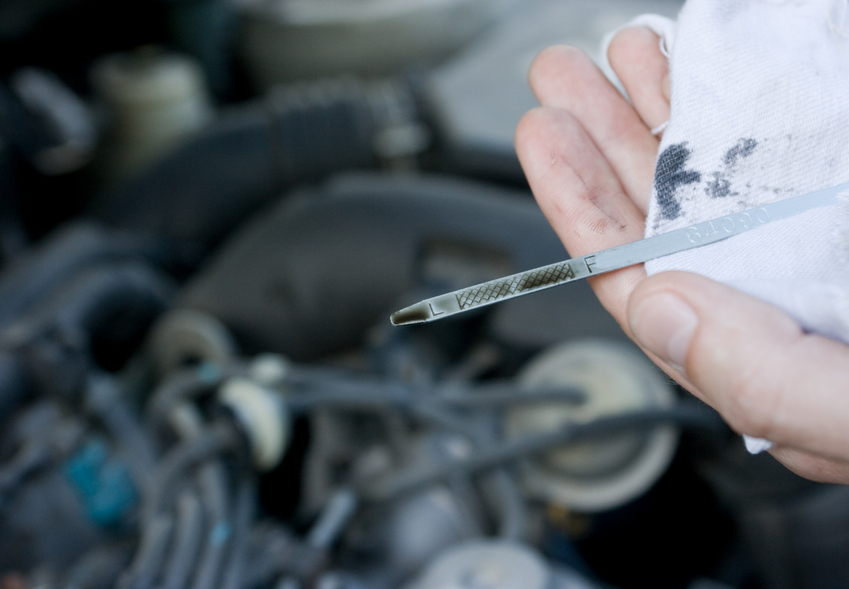

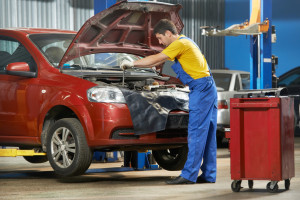 stranded. Here are some
stranded. Here are some 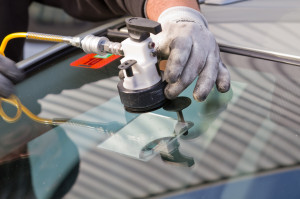 automatic windshield replacement. Today,
automatic windshield replacement. Today,